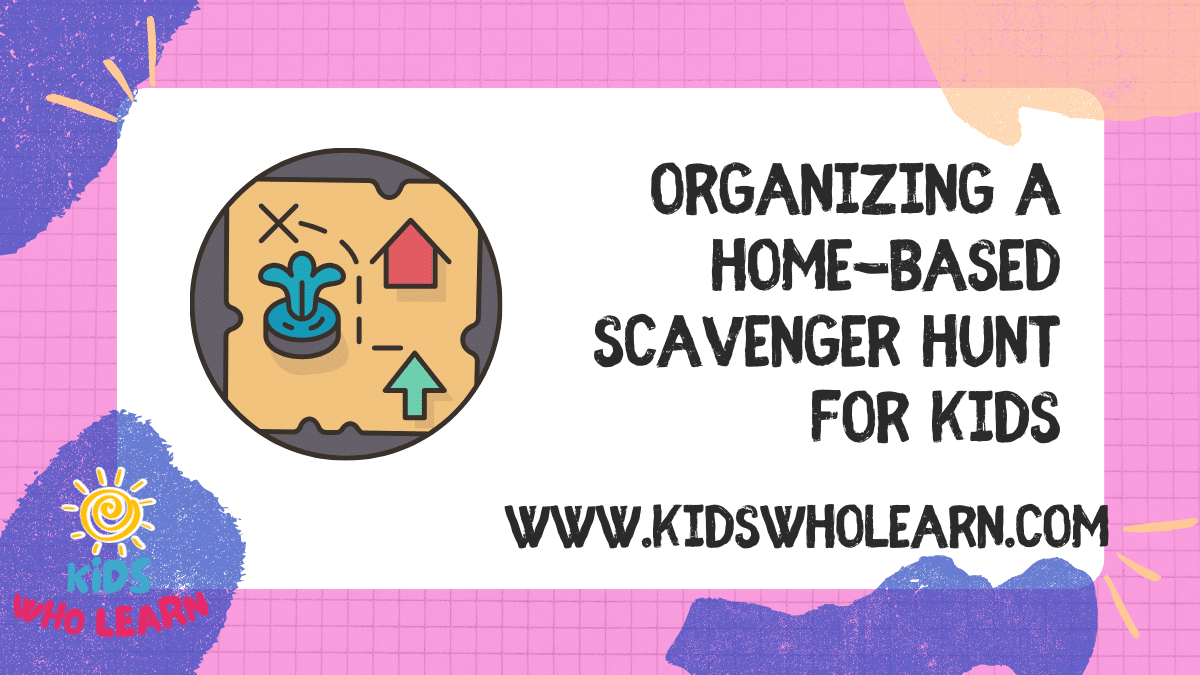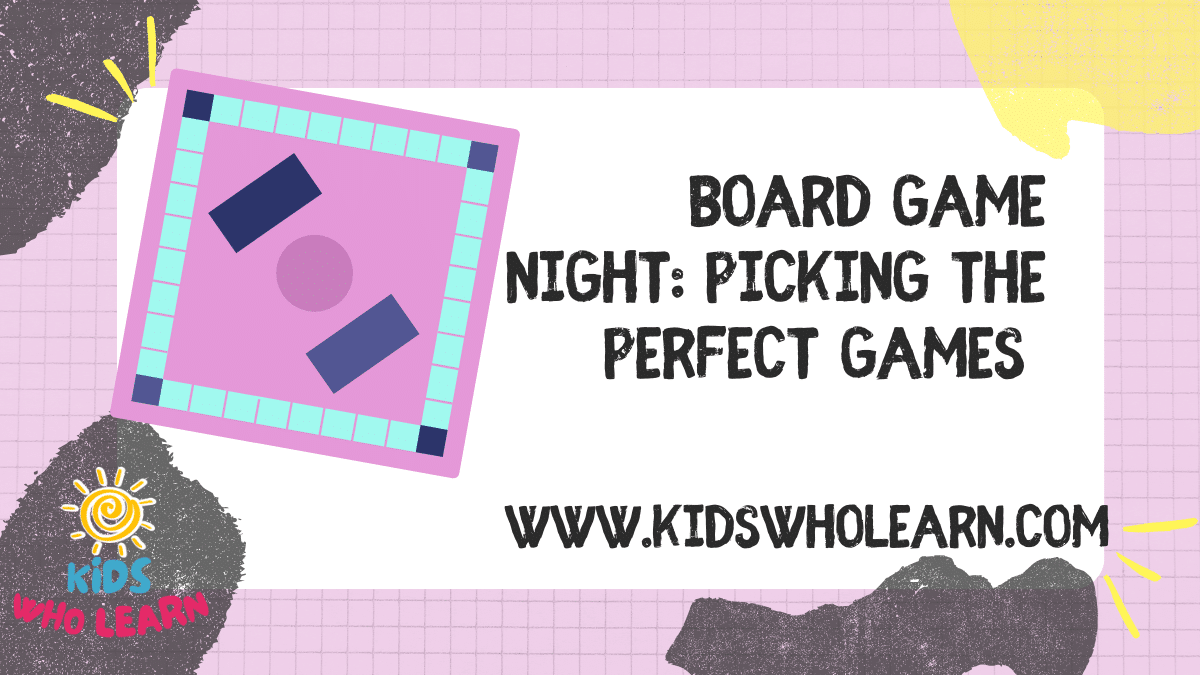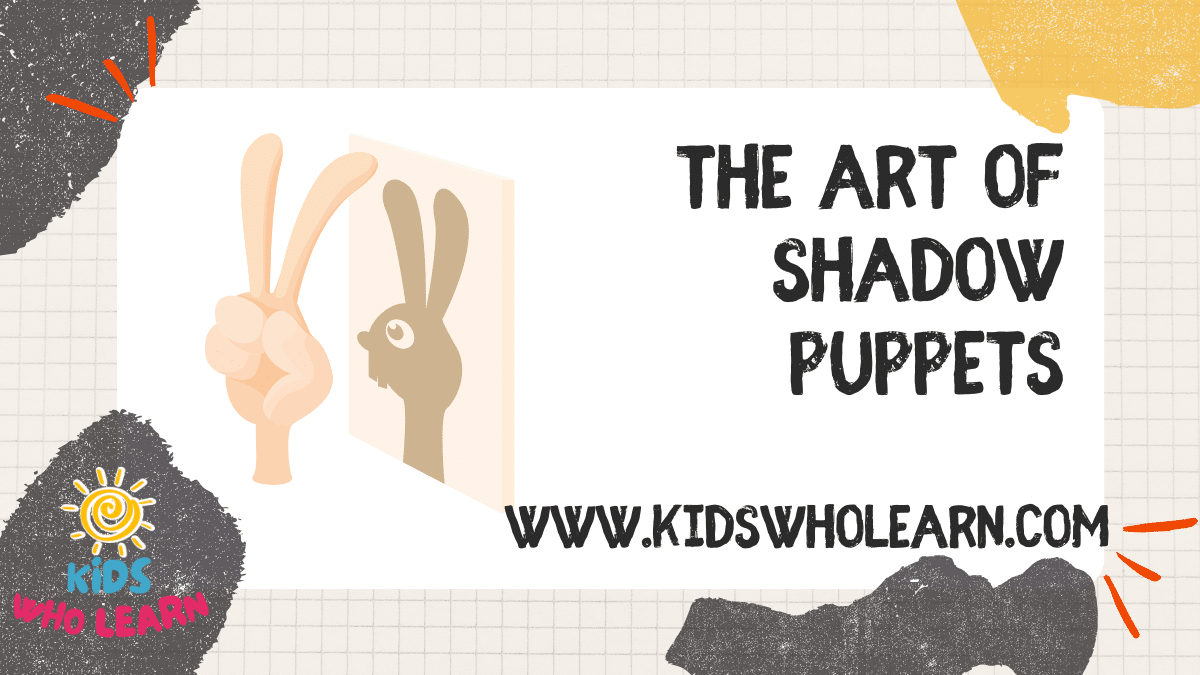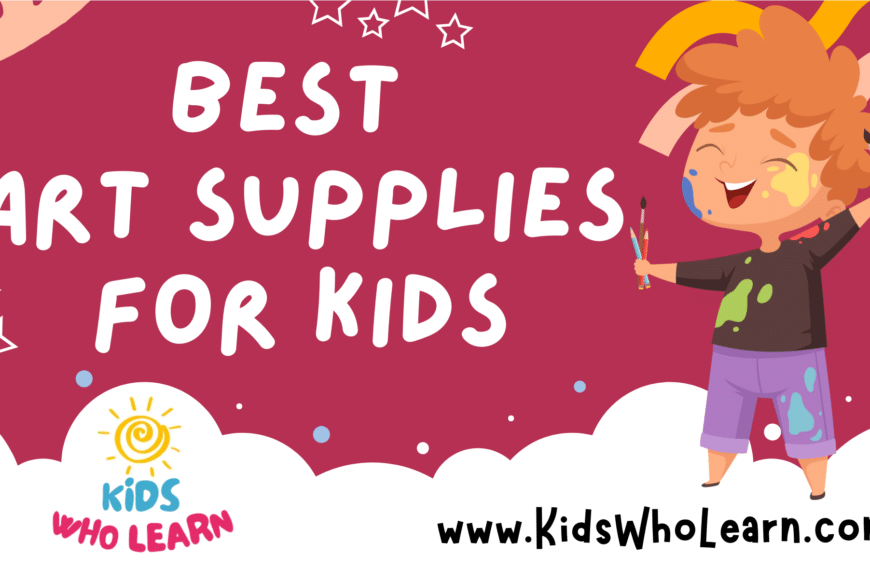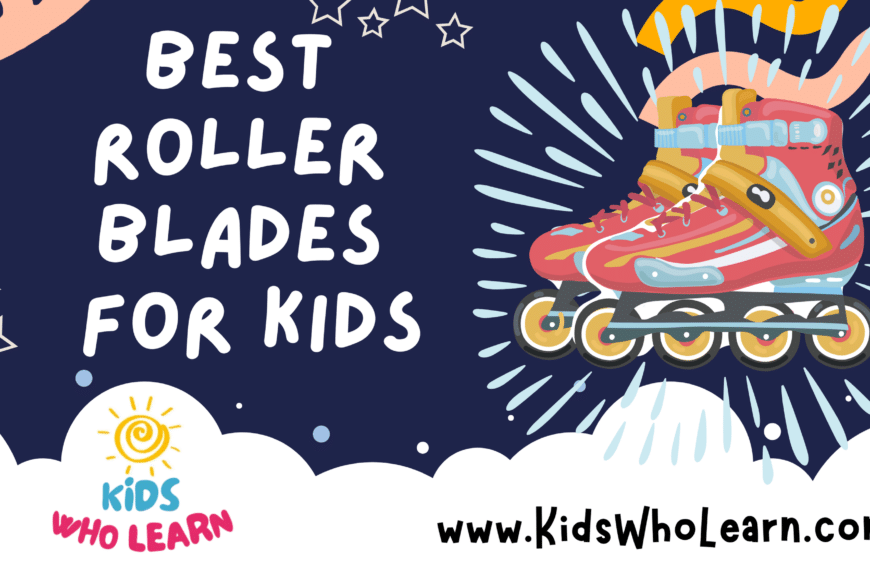Organizing a home-based scavenger hunt for kids is an exciting way to engage their curiosity and encourage them to explore their environment. This adventurous activity can be tailored to children of all ages, ensuring that everyone from the youngest to the oldest can participate and enjoy the challenge.
Preparing a scavenger hunt requires thought and creativity, as it’s not just about hiding objects around the house. You’ll want to craft clues that are age-appropriate and stimulate young minds. Adding an educational twist can turn the game from a fun diversion into a valuable learning experience. Questions and tasks can be designed to help children learn about various topics such as nature, mathematics, or languages as they search for the next clue.
By organizing the event thoroughly, you ensure that the activity goes off without a hitch, providing a fun and memorable experience for the kids. Safety should always be a priority, making sure that the hunt is suitable for the indoor environment and that children understand any rules you put in place.
Key Takeaways
- A scavenger hunt can provide fun for children and can be educational.
- Detailed planning ensures a smooth and engaging activity.
- Safety and age-appropriateness are crucial for a home-based hunt.
Planning Your Scavenger Hunt
Effective planning is essential to ensure your scavenger hunt is engaging and fun for all participants. You’ll need to decide on the hunt type, choose an exciting theme, craft clever clues, and establish a clear structure.
Determining the Hunt Type
Select the type of scavenger hunt that best suits your environment and the age group of the children. Consider the following options:
- Indoor Scavenger Hunt: Ideal for smaller spaces and younger children.
- Nature Scavenger Hunt: Encourages exploration outdoors and is great for incorporating educational elements about the environment.
- Photo Scavenger Hunt: Requires participants to take photos of items or scenes, which can be safer and more feasible for larger groups.
Choosing a Theme
A compelling theme can greatly enhance the enjoyment of a scavenger hunt. Here are a few themes that tend to be hits with kids:
- Pirates: Immerse participants in a treasure-filled adventure with maps and ‘X’ marks the spot.
- Elves: Create a magical, fantasy quest through an ‘enchanted’ home or garden.
Customize your theme based on the interests of the children to keep them fully engaged.
Creating the Clues
Develop a set of clues appropriate for the children’s age and comprehension level:
- Treasure Hunt Clues: Use pictures or simple descriptions to guide the youngest hunters.
- Scavenger Hunt Clues for Kids: Integrate riddles or puzzles to challenge older participants and fuel their problem-solving skills.
Make clues visible using bolded text or highlights to ensure they stand out.
Setting Up the Hunt Structure
Organize the event’s structure to promote cooperation and team building when necessary. Consider these aspects:
- Participants: Decide if the hunt will be individual or team-based.
- Event Flow: Sequence the clues to create a logical path and distribute them evenly to prevent crowding.
- Stronger Bonds: For team hunts, include activities that require collaboration to forge stronger bonds.
Use lists to lay out the sequence of the hunt and the rules, aiding clarity and ensuring a smooth adventure.
Preparing the Scavenger Hunt Materials
Before leading a group of energized kids on a home-based scavenger hunt, it’s vital to prepare all necessary materials. This will ensure a smooth and engaging adventure.
Gathering Required Items
To start, assemble the tangible items needed to challenge the participants:
- Magnifying glasses: To inspect clues and small objects.
- Laminator: For durability, if available, laminate your scavenger hunt clues and printables.
- Smartphones or cameras: Optional, for capturing moments or using digital clues.
Create a checklist to stay organized:
| Items Needed | Quantity | Remarks |
|---|---|---|
| Magnifying glasses | Varies | One per team is recommended |
| Laminator sheets | As needed | If laminating clues |
| Smartphones/cameras | Optional | For digital clues/photos |
Creating and Printing Clues
Your clues should be age-appropriate and challenging enough to keep the hunt exciting. Use the following guidelines:
- Create: Draw inspiration from your surroundings; clues can direct kids to a bookshelf, kitchen, or garden area.
- Craft each clue with clear instructions, possibly rhyming for a fun twist.
- Inspiration: Browse for free printables online to use as templates or ideation aids.
- Print: Generate a hard copy of each clue. For added fun, use different colored paper or unique fonts.
Setting Up the Different Stations
Finally, strategically disperse your stations around the home:
- Door: Greet participants with an introductory clue at the entrance.
- Bookshelf: Hide clues among books or use titles as code for the next location.
- Kitchen: Incorporate cooking utensils or ingredients into your challenges.
- Garden: Use natural elements to conceal clues, engaging kids with the outdoor environment.
Remember, each station should have a distinct purpose and contribute to the overall progression of the hunt.
Incorporating Educational Elements
A well-thought-out scavenger hunt can be both entertaining and educational, seamlessly blending learning within its playful structure.
Including Learning Opportunities
Engage children’s observation skills by crafting clues that require them to keenly observe their surroundings. For example:
- Nutrition: Create a clue that leads to a variety of fruits and vegetables. In which room would you find a food that is crunchy, green, and helps you see better in the dark? This encourages them to think about the properties of food and their benefits.
- Riddles: Write riddles that challenge their critical thinking skills. A treasure hunt clue for kids might be, I have keys but open no locks, with space but no room, and allow you to enter, but not to go in. What am I? Hinting towards a keyboard promotes problem-solving skills.
Tailoring to Different Age Groups
Adjust the complexity of the clues to fit the developmental stage of the children involved:
- Preschoolers:
- Use simple, picture-based clues that cultivate color and shape recognition.
| Age Group | Clue Type | Example |
|---|---|---|
| 3-5 | Color/Shape | Find something shaped like a circle. |
- Older Children:
- Increase the complexity with multi-step clues or riddles.
| Age Group | Clue Type | Example |
|---|---|---|
| 6-9 | Multi-step clue | First, find a leaf, then search where you rest your head at night. |
Utilizing Various Senses
Encourage children to use more than just their eyes:
- Ears: Use sound clues where listening carefully is key. Go to the place where you hear the cheerful chirping in the morning.
- Touch:
- Place objects with different textures in a bag. Have children reach in and identify objects by touch alone. For example, find an item with soft, furry texture, like a small toy with hair.
By incorporating these elements, your home-based scavenger hunt can foster a rich, multi-sensory educational experience while delivering excitement and joy to children.
Frequently Asked Questions
In this section, you’ll find concise answers to common questions to help you organize a memorable home-based scavenger hunt for kids.
What items are ideal for indoor scavenger hunt clues for children?
Choose items that are safe, non-fragile, and age-appropriate. Common household objects like toys, books, and utensils can be used as clues. Ensure they are easy to locate to keep children engaged and not frustrated.
How can you create engaging treasure hunt clues suitable for 10-year-olds?
Craft clues that require problem-solving that’s appropriate for their age. Think in the form of simple riddles, puzzles, or maps. Keep the language clear but playful to maintain their interest.
What are some innovative ideas for a kids’ party scavenger hunt?
Incorporate themes that the children enjoy, such as superheroes, pirates, or animals. Use themed clues and require tasks like drawing, crafting, or acting to find the next clue, adding variety and excitement to the hunt.
Where can you find printable scavenger hunt templates for children?
Search online for websites that offer a variety of themed scavenger hunt templates appropriate for kids. These can range from holiday-themed to educational templates that you can download and print.
Which strategies work best for a fun and educational outdoor scavenger hunt for children?
Mix in nature-based learning by using clues related to different plants, bugs, or birds. Encourage exploration with a mix of easy-to-find and more challenging locations and include fun facts or trivia in your clues.
What technology can be utilized to enhance a home-based scavenger hunt experience for kids?
Use smartphone apps or GPS devices for a modern twist. Create digital clues or incorporate QR codes that kids can scan to get their next clue, which can add a layer of excitement and interaction for tech-savvy children.

